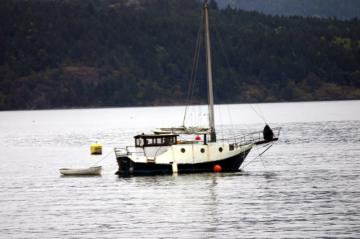Desolation Sound - Vancouver Island | Sunshine Coast

Park Amenities:
The Desolation Sound marine route is located on the inside passage between central Vancouver Island and British Columbia mainland in Canada. Desolation Sound Marine Park is one of the largest coastal marine parks in North America. It is a very popular long haul, multi-day adventure route attracting many to the area every year for kayaking, boating, sailing, scuba diving and wildlife sightings.
The closest Vancouver Island communities to Desolation Sound are Comox and Campbell River on Vancouver island and Lund on the Sunshine Coast. Comox Campbell River and Lund have marinas located within walking distance of stores and shops. The closest Gulf Islands are Quadra and Cortes islands. Peak visitation season runs from mid July to late August.
Desolation Sound is well known for its remote wilderness scenery, waterfalls, and wildlife sightings. There are forested islands, swimming holes, rocky cliffs, cascading waterfalls, limestone bluffs, surging ocean channels, hidden coves, secluded bays, sandy beaches, First Nation pictographs and deep canyon walls. Wildlife sightings may include whales, black bears, sea lions, whales and seals.
Desolation Sound includes many islands to explore including Copeland Islands, West Redonda Island, East Redonda Island and Gifford Island. The right side of East Redonda Island is an ecological reserve. West Redonda Island has pictographs on Bishop Point in Waddington Channel.
Some of the more popular waterway routes of Desolation Sound include Waddington Channel, Homfray Channel, Lewis Channel, Pryce Channel and the tricky and beautiful Toba Inlet. The ocean waters in Toba Inlet are emerald green. It is a reaction derived from the mixing of sea water and glacier water. Make sure to explore 3 miles pass Snout Point when exploring Toba Inlet and view the giant waterfall. Many, not knowing of the waterfall, fail to go the extra distance to view this spectacal.
Exploring Toba Inlet is a challenging adventure. The tidal currents in the inlet get tricky and the inlet is one big giant wind tunnel. The passage is lined with vertical cliffs with few protected bays creating dangerous conditions with little space to hide from winds.
Address:






